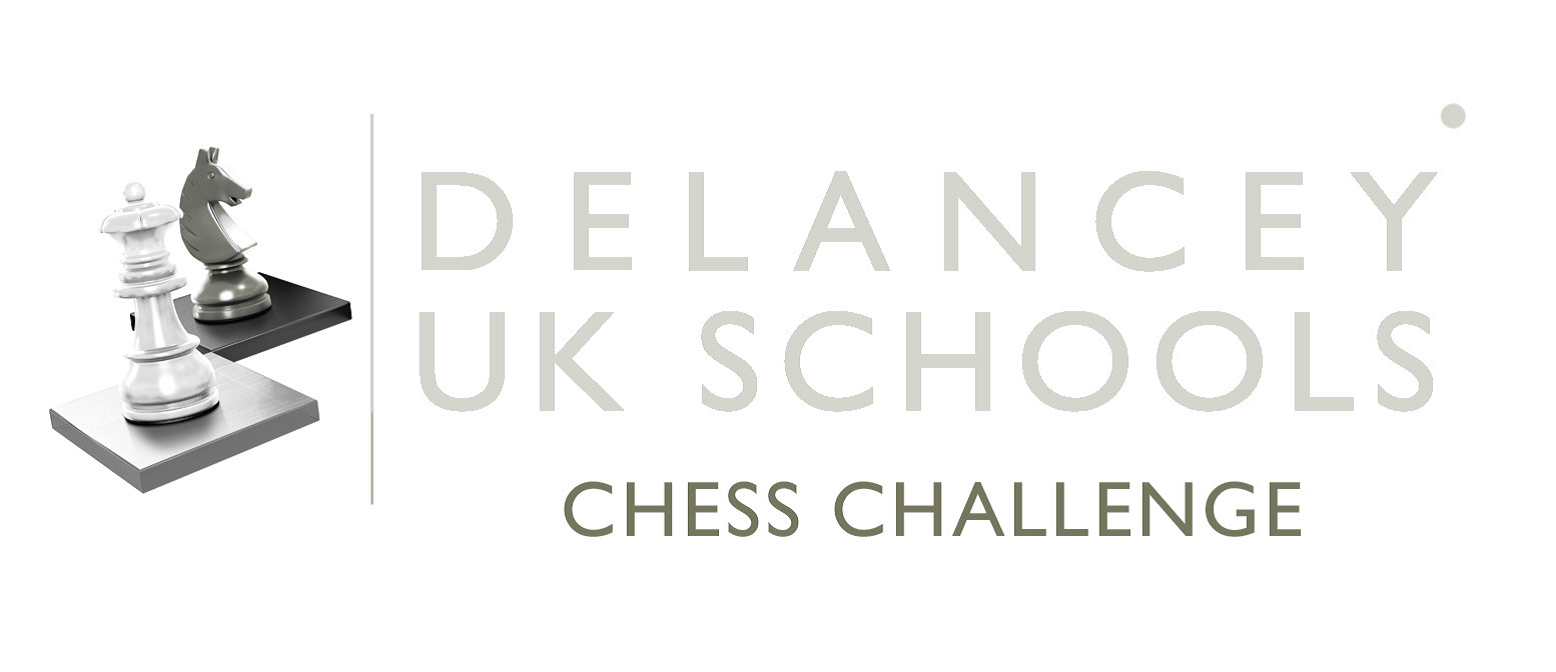If you are thinking of setting up a chess club for children – or even if you are already running a club – you may be wondering what the best approach is to teaching the children the basics of the game. Even for experienced chess players it can be a daunting thought – things that come easily to us as adults are often much more tricky to explain to young children for the first time!
The good news is that there is an enormous amount of literature out there that has been produced to tackle this particular problem. The purpose of this article is to discuss some of the best examples (in our opinion of course) and how they may be used in a classroom setting.
The Steps Method
The Steps Methods was developed by Rob Brunia and Car van Wijgerden in the Netherlands and is widely used in many European countries. There are 6 ‘Steps’ with each step consisting a manual for the teacher and a workbook for the student. The manual contains general advice and specific lesson plans whereas the workbook contains lots of exercises for the children to practice.
Though it feels somewhat dated in places (it was originally developed in the 1980’s) it has been rightly praised for following a comprehensive structured approach for chess training. Step 1 is for complete beginners whereas Step 6 contains material that may be challenging for candidate masters (2200+).
For beginner classes we recommend you start out by purchasing the Step 1 manual and some Step 1 workbooks. For younger children (5 – 8) you could also use Stepping Stones 1 &2 which has a more gentle learning curve.
https://shop.chess.co.uk/The-Steps-Method-s/2010.htm
Chess in Schools and Communities (CSC)
Chess in Schools and Communities (CSC) is a UK charity whose mission is to improve children’s educational outcomes and social development by introducing them to the game of chess. Founded in 2009, they now teach in over 300 schools and support 500 more nationwide.
CSC have developed a ‘chess curriculum’ for teaching chess in schools. It follows a very structured approach learning one piece at a time and also utilizes mini-games to enable the children to have fun playing whilst learning without being overwhelmed by the full complexity of the game all at once.
The curriculum can be made available in electronic format and CSC also produce two workbooks for the children containing exercises and fun activities to complete whilst consolidating their learning. If you are interested we suggest you contact CSC
https://www.chessinschools.co.uk/forms/join-our-programme
Dragulf
Dragulf is a series of chess workbooks for beginner’s involving well illustrated characters and child friendly exercises such as colouring, mazes and mathematical challenges. It is probably more geared to classes which have a mix between very serious junior chess players and those that are a bit interested but would like some other activities to freshen things up once ina while! The books are of high production value and are very well illustrated.
We were introduced to these at a tournament in Barcelona when we met Grandmaster Simen Adgestein who is one of the authors working on the books. Simen used to coach Magnus Carlsen (world champion and many believe the strongest player ever) and so his stamp of approval can only be a good thing!
Other good books for teaching children chess
My First Chess Book (Usborne) – Katy Dayne and Sarah Longson
https://usborne.com/browse-books/catalogue/product/1/13075/my-first-chess-book/
A great introduction to the game with nice illustrations
Pawn Mower: Deluxe Edition – Maurice Ashley
https://www.amazon.co.uk/Pawn-Mower-Deluxe
Fun puzzles where the objective is capture all of the black pawns – by capturing with every turn
Chess Camp (books 1 – 7) – Igor Sukhin
https://mongoosepress.com/teaching-children/
